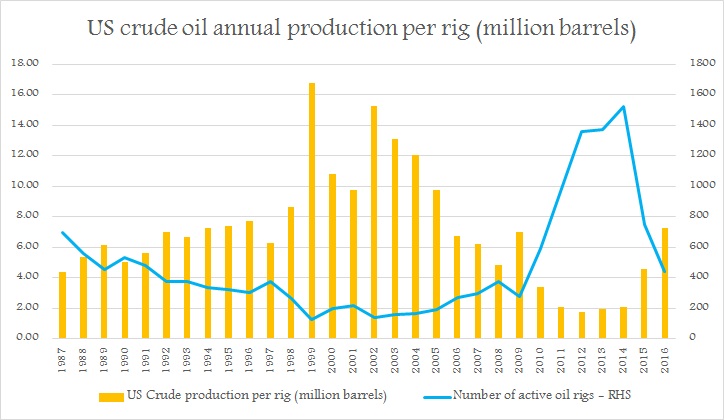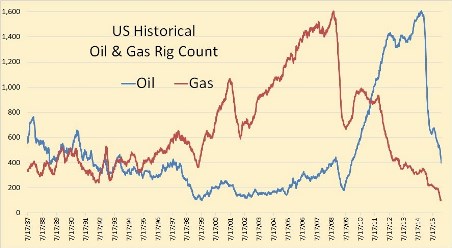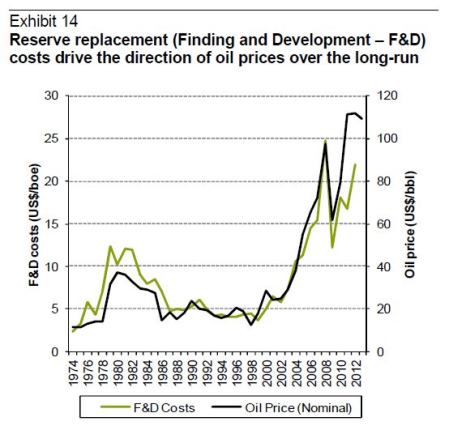The Mysterious Case of Big Oil’s Disappearing Barrels
(Bloomberg) If you ever find yourself at a cocktail party with a bunch of oil executives, one phrase is a guaranteed mood-killer: “reserve replacement.”Not merely awkward to say, it is the industry’s bogeyman. Because in a business chiefly concerned with getting stuff out of the ground, you need to replace that stuff pretty consistently unless you want to, well, eventually run out of stuff.Last year, the stuff-gathering did not go so well.







